Building City of Curiosity
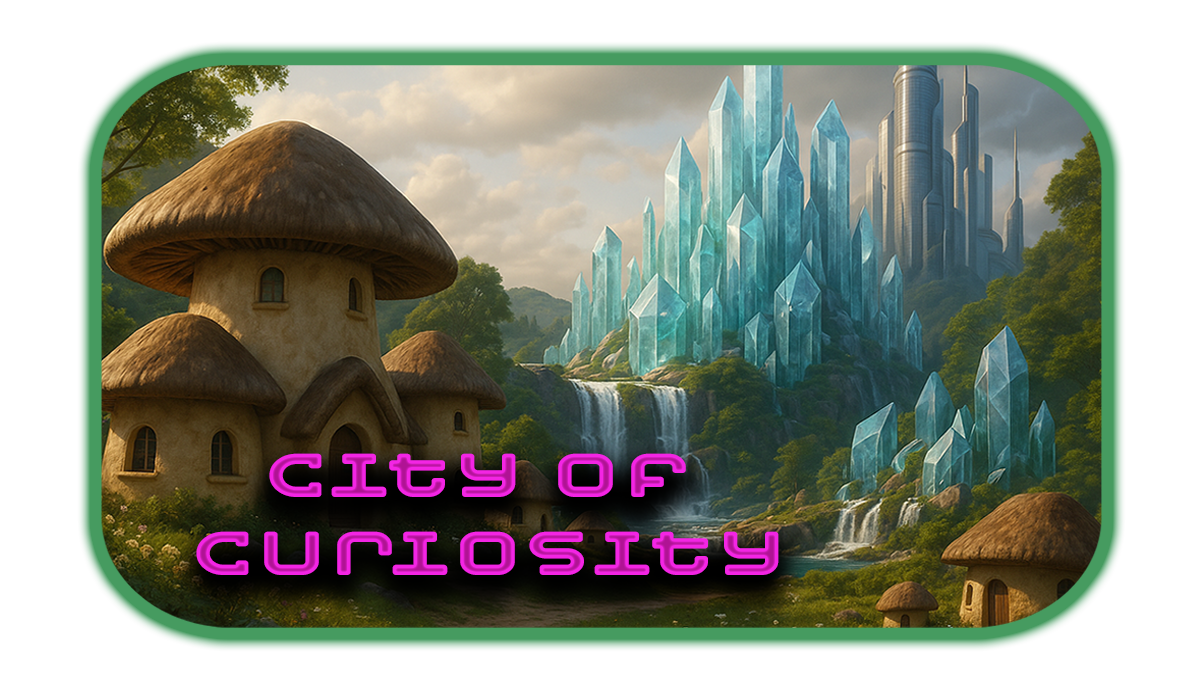
City of Curiosity isn’t trying to build a community. It starts inside one.
It’s a multiplayer idle city sim that lives directly inside Discord. Each server becomes its own evolving city, shaped by the creativity and contributions of its members. Instead of pulling people into a new ecosystem, the game strengthens communities where they already are.
Discord Activities make that possible. By embedding the game within a server, City of Curiosity becomes a tool for collective storytelling, collaboration, and playful experimentation.
At its core, it’s a social idle sim. Players build individual cities, contribute to global research, and trade resources with others. Each server can customize its own version of the game, and standout contributions can be promoted to a global layer.

I grew up playing games like SimCity, Civilization, and SimEarth. I loved them, but I always wanted more freedom in what I could build. Why were the outcomes so narrow? Why did SimEarth always end in a planet full of robots?
I'm inspired by futurists like Monika Bielskyte who emphasize a plurality of futures through protopia over utopia. While most media leans into dystopia, this project aims to imagine something else: a future you might actually want to live in and the chance to build it together. With the freedom of exploring possible futures through the game, we’re planting seeds for how we might cocreate in the world we share.
Working with AI Tools
I use AI tools like Cline, Gemini, Claude, and Open AI for coding. Cline runs in VS Code and reads project docs to plan and execute tasks. I organize the game into eight phases, each with its own markdown file. Cline uses that to stay aligned with the architecture.
I test multiple agents and switch between them depending on price and quality. The tools help me move faster, especially since I’m doing most of this solo. But they don’t replace design work. They’re like programming interns, not designers.
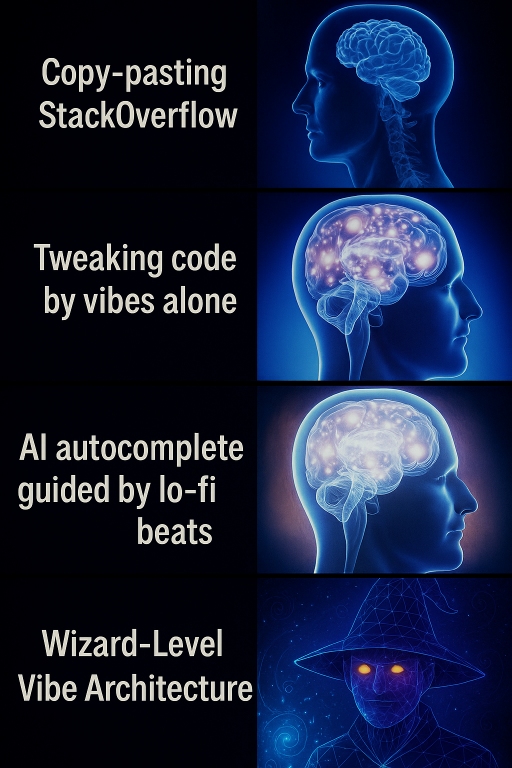
I’ve been coding with the assistance of AI in different forms for 3–4 years now. If you understand the limitations and the strengths, you can use it to accelerate your work. If you don’t, it’ll feel frustrating or pointless. But that’s true for most tools, and tools are evolving and changing so quickly so there is a learning curve that will take dedicated time and effort. Sometimes you save time, sometimes you learn that AI isn't good for the task and it's better to do it yourself.
Development Status
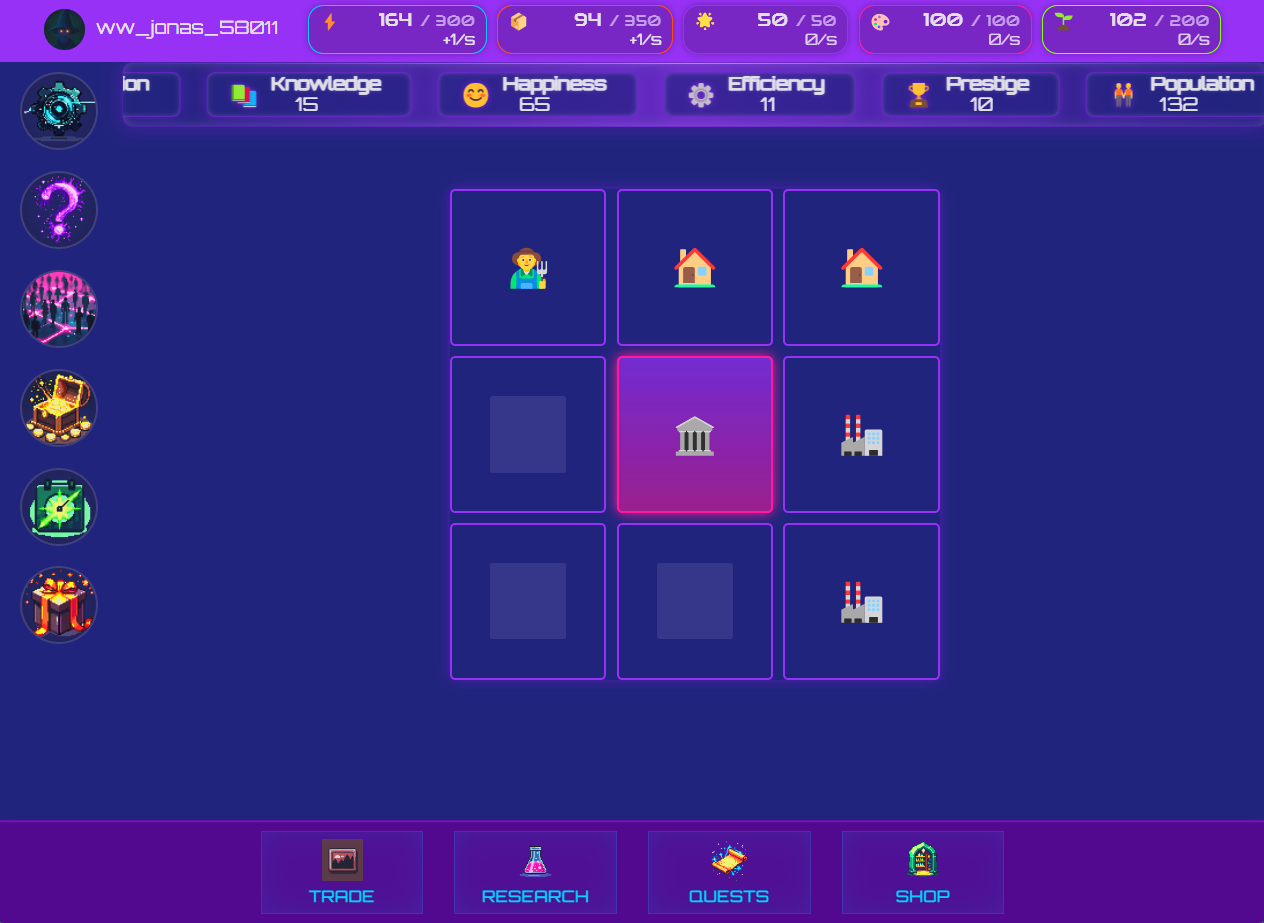
- React + TypeScript + Supabase
- Fully server authoritative
- Integrated as a Discord Activity with authentication
- Tested locally using Docker
- Eight-phase development structure with AI-assisted planning
I've been working on City of Curiosity part time, for about three months so far. Now that I have Wizard Workshop off the ground, I'll be working full time on it's development. Right now I’m wrapping up Phase 3 (resource systems) and building multiplayer trading for Phase 4 (buildings and production). Multiplayer session management took longer than expected. I should have focused on it earlier, but now it’s in place and (mostly) working with a simple implementation, but parts will need to be rewritten to scale up in the future.
Customization and Monetization
Players can customize their cities using generative AI tools. Customization is a reward for contributing to the community. If you help, you earn the ability to create.
To support this, I started trying out F-Lite—a commercially licensed, open-weight image model from Freepik and FAL AI. It ensures the content generation pipeline stays sustainable, legal, and commercially viable. I will be experimenting with other models too.
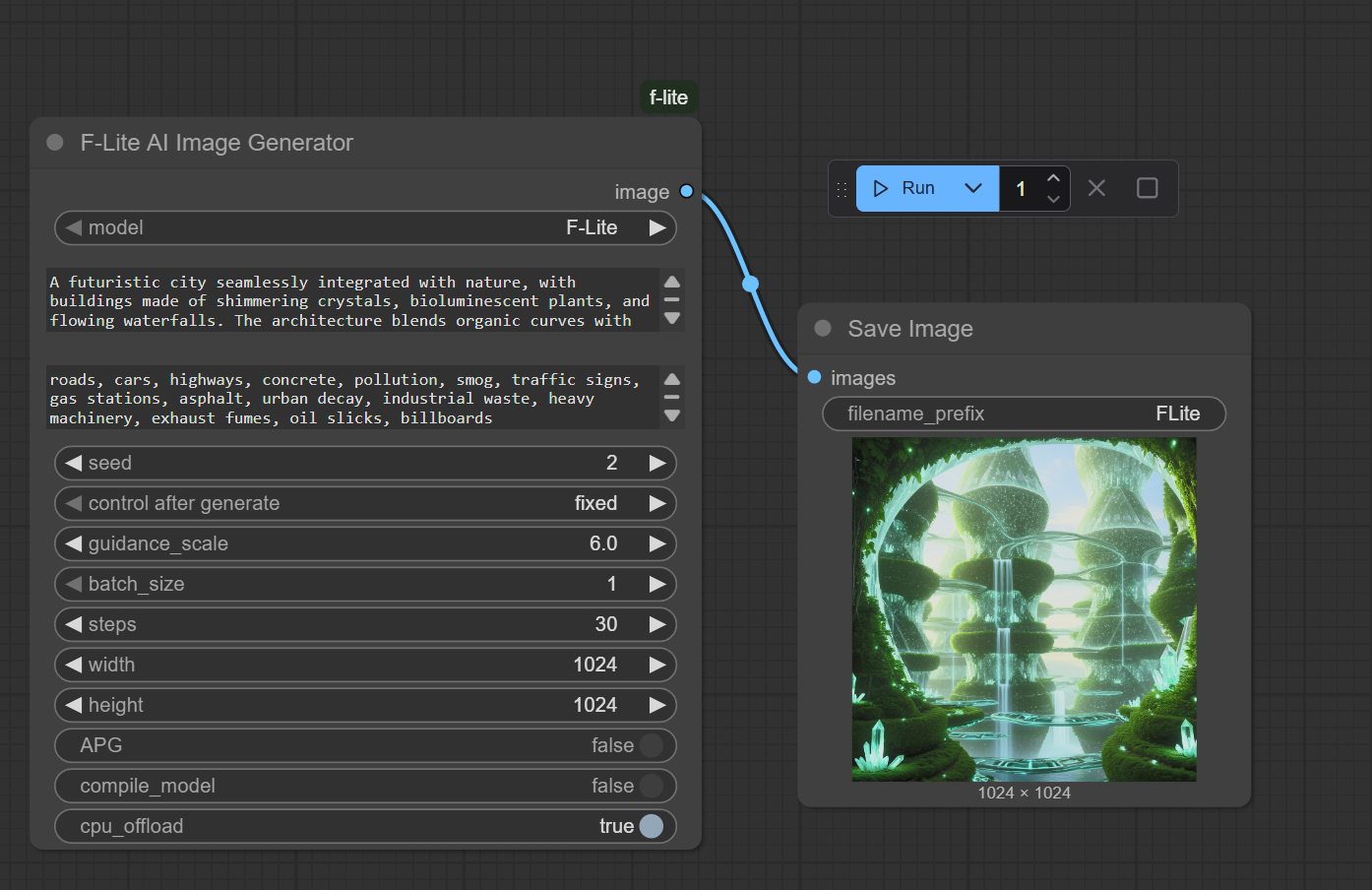
There’s also a monetization path where players can pay to unlock these tools. You either contribute time and creativity, or support the project directly. Either way, you get access to customization.
Each Discord server can have its own version of the game. Customizations can be shared within the server, or pushed to the global layer for others to use. It’s a community-driven way to grow the game over time and monetizes in a way that I hope is transparent and fair and will be able to support me so that I can continue learning and creating.
What’s Next
I’m aiming for an alpha launch in July. I want to:
- Finish multiplayer trading
- Add the research progression system
- Launch the first AI customization tools
- Test community customization in a few Discord servers
On this blog, I’m sharing the full process as it unfolds: the tools I use, the systems I build, what works, what breaks, and what I learn along the way.
If you're curious about City of Curiosity and how games get made, this is the place to watch it happen. Follow along and see where it leads.
If you know anyone who might be interested in City of Curiosity or Wizard Workshop, please send them my links.
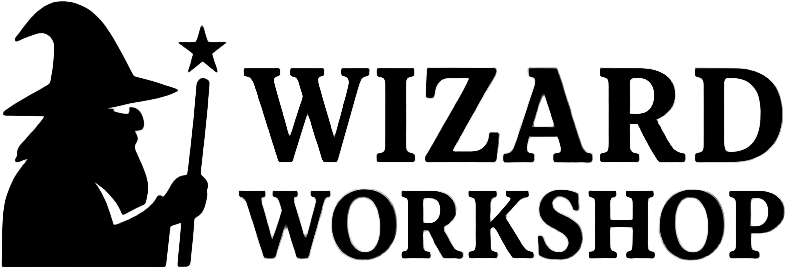
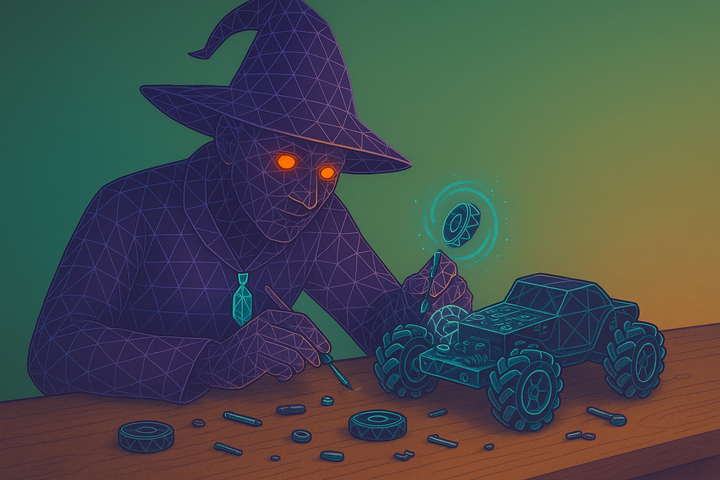
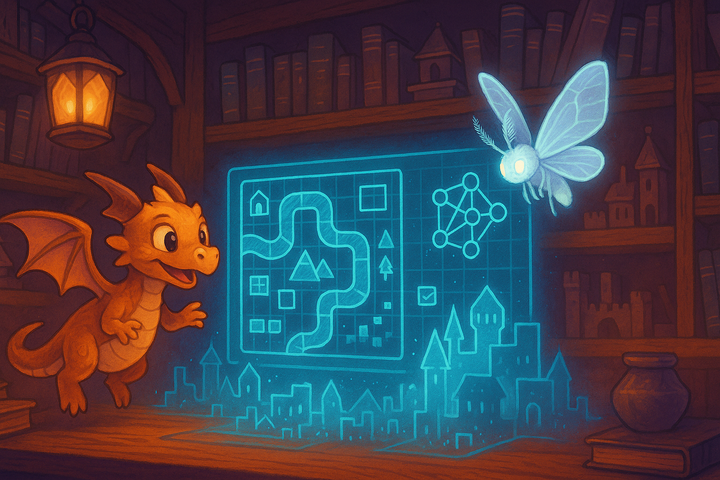
Comments ()